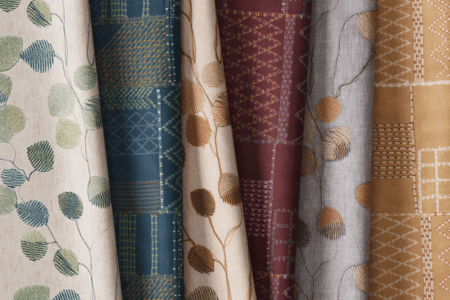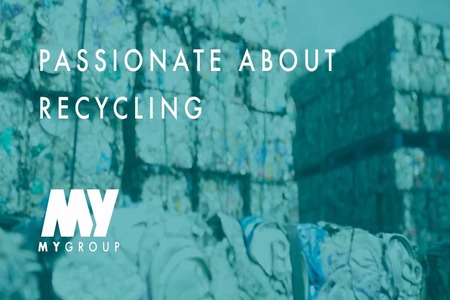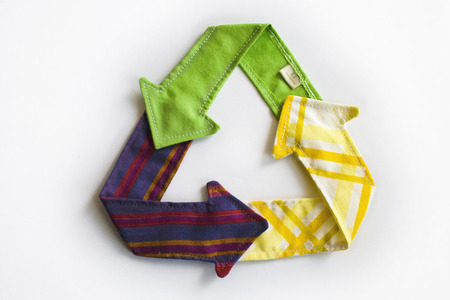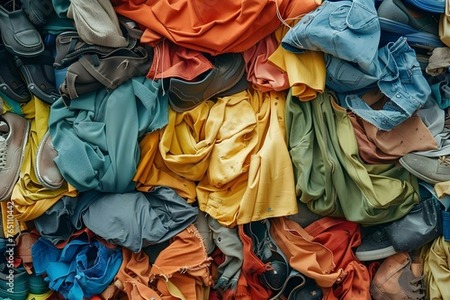
Pakistan textile, clothing products exports recorded over 7pc growth
YarnsandFibers News Bureau 2017-11-21 17:00:00 – IslamabadPakistan’s textile and clothing products due to the cash subsidy offered under the prime minister’s exports enhancement package recorded over 7 percent growth in exports during four months (July-October) of the current fiscal year.
Textile and clothing products exports worth $4.4 billion took place during July-October period of the year 2017-18 as against $4.1 billion of the corresponding period of the previous year, according to the Pakistan Bureau of Statistics (PBS).
Revival in textile and clothing products exports enhanced the country’s overall exports to $7.1 billion during July-October of 2017-18 as compared to $6.4 billion of the corresponding period of the last year.
Exports of textile and clothing products enhanced due to cash subsidy offered under the prime minister’s exports enhancement package and release of pending refunds and better energy supplies.
Textile associations had recently demanded some incentives from the government to boost tumbling exports . They had demanded to waive surcharges of Rs3.53/kWh to bring the tariff to Rs7/kWh from the current Rs10.5/kWh and gas price to Rs600/mmbtu for the exports sector. Similarly, they had also asked to clear sales tax and customs refunds and extending zero-rating facility to packing material and power looms.
According to the PBS, the main driver of growth was the value-added textile sector. Exports of ready-made garments went up by 14.8 percent in the first four months of the ongoing financial year. Similarly, exports of knitwear increased by 10.62 percent during the period under review. Exports of bedwear went up by 5.44pc in value.
In the category of primary commodities, exports of cotton yarn witnessed a growth of 5.4 percent and exports of yarn other than cotton recorded a rise of 10.30 percent. Exports of made-up articles, excluding towels, increased by 8.81pc. Art, silk and synthetic textile exports grew by 60.61pc during the period under review.
However, exports of tents, canvas and tarpaulin dipped over 34 percent. Exports of cotton carded exports recorded decline of 100 percent during July-October period of the year 2017-18 over a year ago.
According to the PBS data, country spent $3.7 billion on importing machinery during first four months of the ongoing financial year.
The country also spent $4.4 billion on imports of petroleum group, which is 39.5 percent higher over a year ago. In petroleum products , the government imported petroleum products worth $2.6 billion and spent $1.61 billion on petroleum crude. Similarly, the country imported liquefied natural gas (LNG) worth $534 million and liquefied petroleum gas (LPG) worth $97 million.
Market Intelligence
Ask for free sample Report

experience
Customer Base
dedicated team
Countries Served Worldwide









